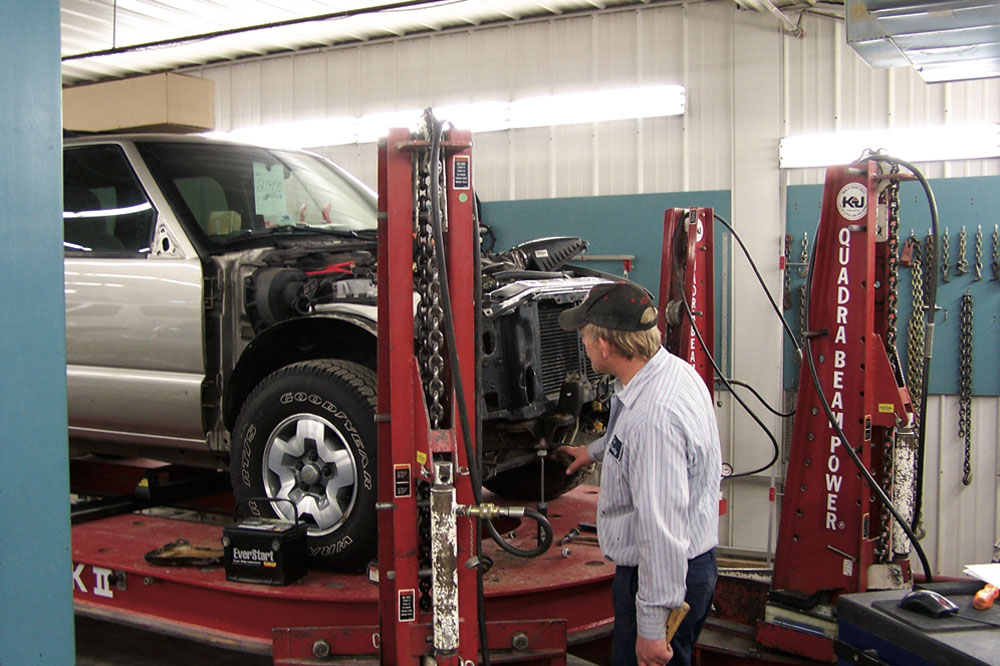
If you are involved in an auto accident, some types of damage can change the appearance of your vehicle. For example, after an accident, you are likely to see some dents, bends, and scratches on the bumper of the vehicle. Such damage is easily visible to the naked eye and repairs too are easy. Insurance also typically covers physical damage.
Still, there’s a different type of auto damage that’s known as mechanical damage. The next few paragraphs will discuss mechanical damage and the 4 different types you need to know about.
What’s Auto Mechanical Damage
The base of the vehicle might get hit, but that usually depends on how severe the collision was. The base is the vehicle’s life source and it sustaining damage can affect the mobility of your vehicle. The collisions may also damage the mechanical parts in your vehicle such as the engine, brakes, tires, and more.
Auto mechanical damage is not always immediately apparent. You might end up actually repairing the physical damage through an auto service while still neglecting the mechanical damage. Driving your vehicle if it has mechanical damage can lead to another accident.
Mechanical damage demands immediate care and is best left to the professionals. You need to understand the various types of damages so that you can take the right steps.
1. Brake Lines
If the brake lines get damaged in the accident, it goes without saying that you will need to have it immediately repaired. A damaged brake line can significantly affect your ability to stop before you hit other cars and pedestrians.
A cracked brake line can also lead to fluid leaks. Brake fluids aid with the lubrication of the pads along with other brake system components. If there isn’t sufficient lubrication, the brakes will be more likely to give or stick out.
Brake damage and repair is ideally handled by a professional collision repair shop.
2. Wheel and Tire
Tire and wheel damage is another common mechanical damage that results from a collision. In most instances, you can tell whether your tire and wheel have sustained damage. Still, there are other instances when the damage isn’t so obvious. If that’s the case, it is a no-brainer that the vehicle isn’t safe to drive.
If you have been involved in an accident you should always consider getting the wheels and tire checked out by the professionals.
3. Suspension System
Suspension system damage is another type of mechanical damage that can occur following an accident. If the suspension system has been damaged, you will notice that the ride isn’t smooth. Your car’s suspension system should be checked if your ride is rough or bumpy. Other signs that the suspension has been damaged are the car sitting low, the car pulls to the side.
4. Engine
You must never drive your vehicle if the is engine damage. It is a problem that demands your attention be addressed immediately.
On the dashboard To determine whether there’s engine damage, one of the things to go would be to check whether the Check Engine light is on. You can check whether your car has an engine-related problem if your vehicle has an on-board diagnostics (OBD) system. You should not take that warning for granted.
The engine is the hear of the entire vehicle and a damaged one will significantly affect the performance of your vehicle.
Find a Trustworthy Repair Shop for Mechanical Damage
Mechanical damage might be difficult to detect, but a trustworthy collision repair shop and identify and repair those problems easily. Keep in mind that mechanical damage is serious and is best left to the professionals. Get in touch with a reliable mechanic today to check your vehicle after an accident.

